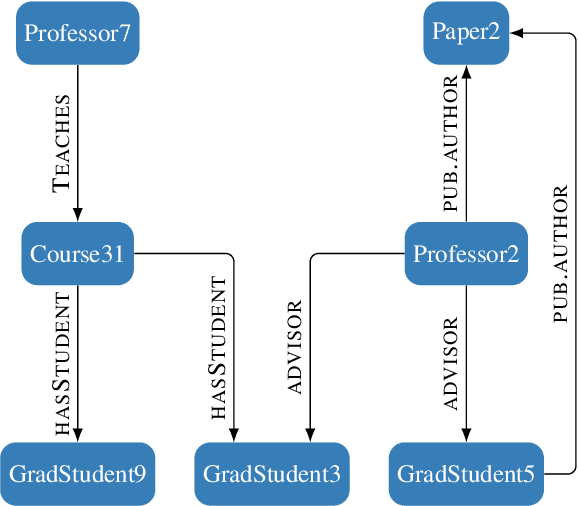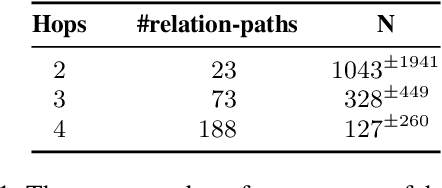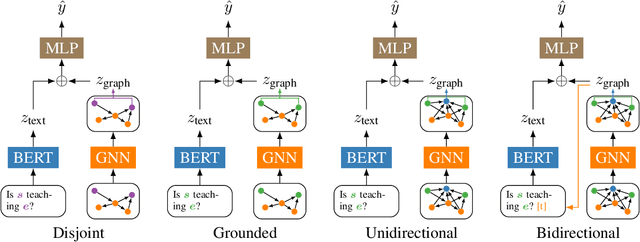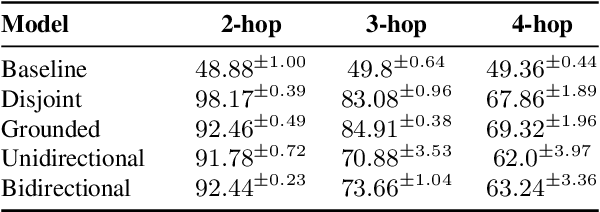Lucas Georges Gabriel Charpentier
Small Languages, Big Models: A Study of Continual Training on Languages of Norway
Dec 09, 2024



Abstract:Training large language models requires vast amounts of data, posing a challenge for less widely spoken languages like Norwegian and even more so for truly low-resource languages like S\'ami. To address this issue, we present a novel three-stage continual training approach. We also experiment with combining causal and masked language modeling to get more flexible models. Based on our findings, we train, evaluate, and openly release a new large generative language model for Norwegian Bokm\r{a}l, Nynorsk, and Northern S\'ami with 11.4 billion parameters: NorMistral-11B.
GPT or BERT: why not both?
Oct 31, 2024



Abstract:We present a simple way to merge masked language modeling with causal language modeling. This hybrid training objective results in a model that combines the strengths of both modeling paradigms within a single transformer stack: GPT-BERT can be transparently used like any standard causal or masked language model. We test the pretraining process that enables this flexible behavior on the BabyLM Challenge 2024. The results show that the hybrid pretraining outperforms masked-only or causal-only models. We openly release the models, training corpora and code.
Compositional Generalization with Grounded Language Models
Jun 07, 2024



Abstract:Grounded language models use external sources of information, such as knowledge graphs, to meet some of the general challenges associated with pre-training. By extending previous work on compositional generalization in semantic parsing, we allow for a controlled evaluation of the degree to which these models learn and generalize from patterns in knowledge graphs. We develop a procedure for generating natural language questions paired with knowledge graphs that targets different aspects of compositionality and further avoids grounding the language models in information already encoded implicitly in their weights. We evaluate existing methods for combining language models with knowledge graphs and find them to struggle with generalization to sequences of unseen lengths and to novel combinations of seen base components. While our experimental results provide some insight into the expressive power of these models, we hope our work and released datasets motivate future research on how to better combine language models with structured knowledge representations.
More Room for Language: Investigating the Effect of Retrieval on Language Models
Apr 16, 2024Abstract:Retrieval-augmented language models pose a promising alternative to standard language modeling. During pretraining, these models search in a corpus of documents for contextually relevant information that could aid the language modeling objective. We introduce an 'ideal retrieval' methodology to study these models in a fully controllable setting. We conduct an extensive evaluation to examine how retrieval augmentation affects the behavior of the underlying language model. Among other things, we observe that these models: i) save substantially less world knowledge in their weights, ii) are better at understanding local context and inter-word dependencies, but iii) are worse at comprehending global context.
Not all layers are equally as important: Every Layer Counts BERT
Nov 07, 2023Abstract:This paper introduces a novel modification of the transformer architecture, tailored for the data-efficient pretraining of language models. This aspect is evaluated by participating in the BabyLM challenge, where our solution won both the strict and strict-small tracks. Our approach allows each transformer layer to select which outputs of previous layers to process. The empirical results verify the potential of this simple modification and show that not all layers are equally as important.
BRENT: Bidirectional Retrieval Enhanced Norwegian Transformer
Apr 19, 2023Abstract:Retrieval-based language models are increasingly employed in question-answering tasks. These models search in a corpus of documents for relevant information instead of having all factual knowledge stored in its parameters, thereby enhancing efficiency, transparency, and adaptability. We develop the first Norwegian retrieval-based model by adapting the REALM framework and evaluating it on various tasks. After training, we also separate the language model, which we call the reader, from the retriever components, and show that this can be fine-tuned on a range of downstream tasks. Results show that retrieval augmented language modeling improves the reader's performance on extractive question-answering, suggesting that this type of training improves language models' general ability to use context and that this does not happen at the expense of other abilities such as part-of-speech tagging, dependency parsing, named entity recognition, and lemmatization. Code, trained models, and data are made publicly available.
 Add to Chrome
Add to Chrome Add to Firefox
Add to Firefox Add to Edge
Add to Edge